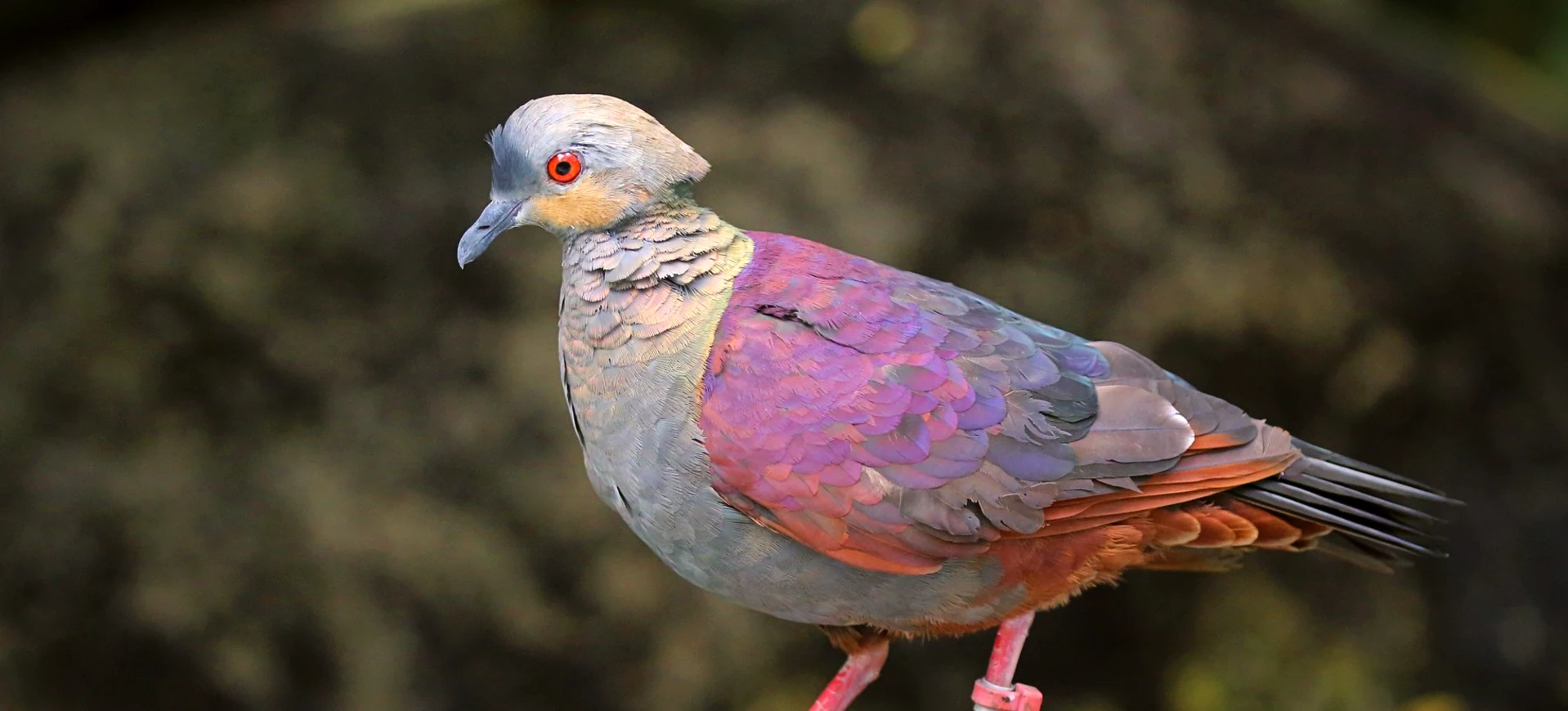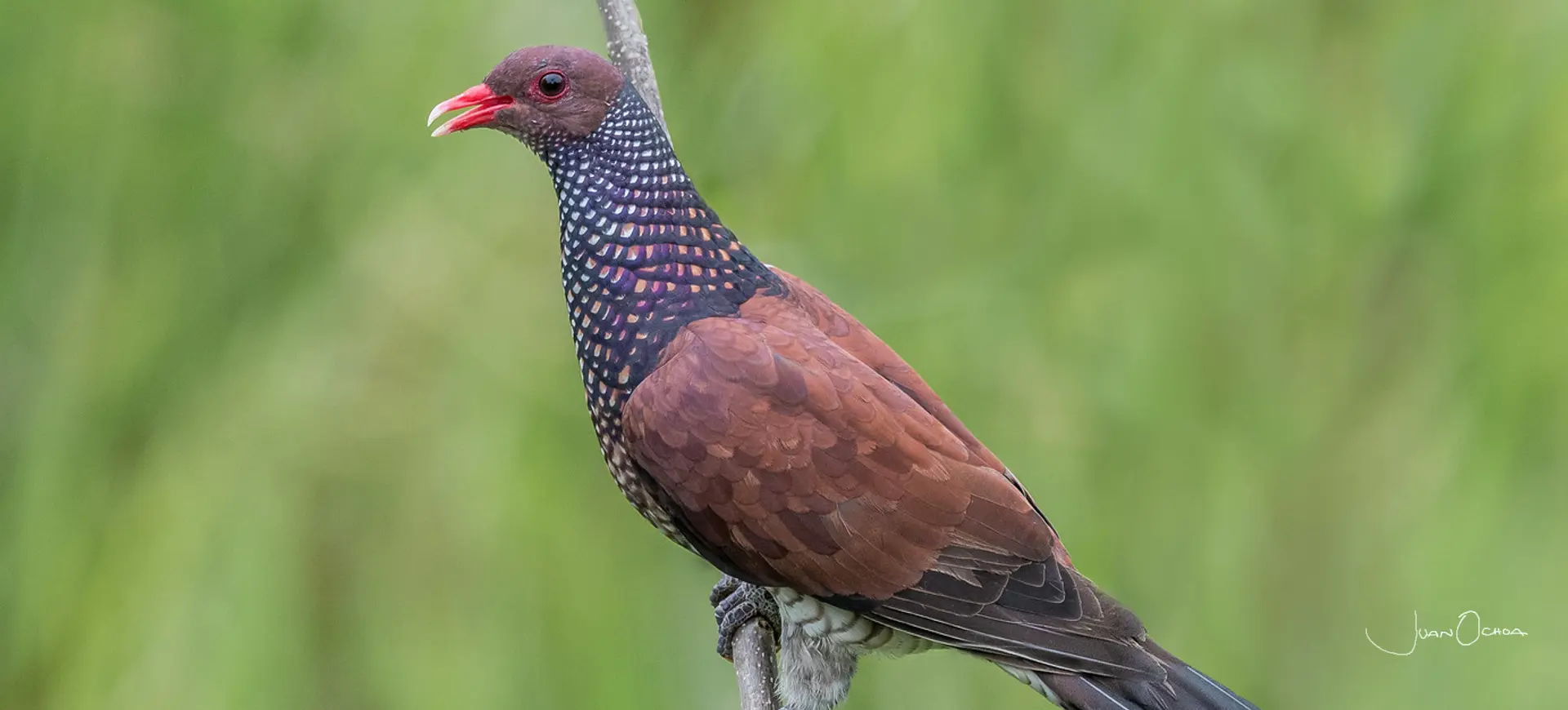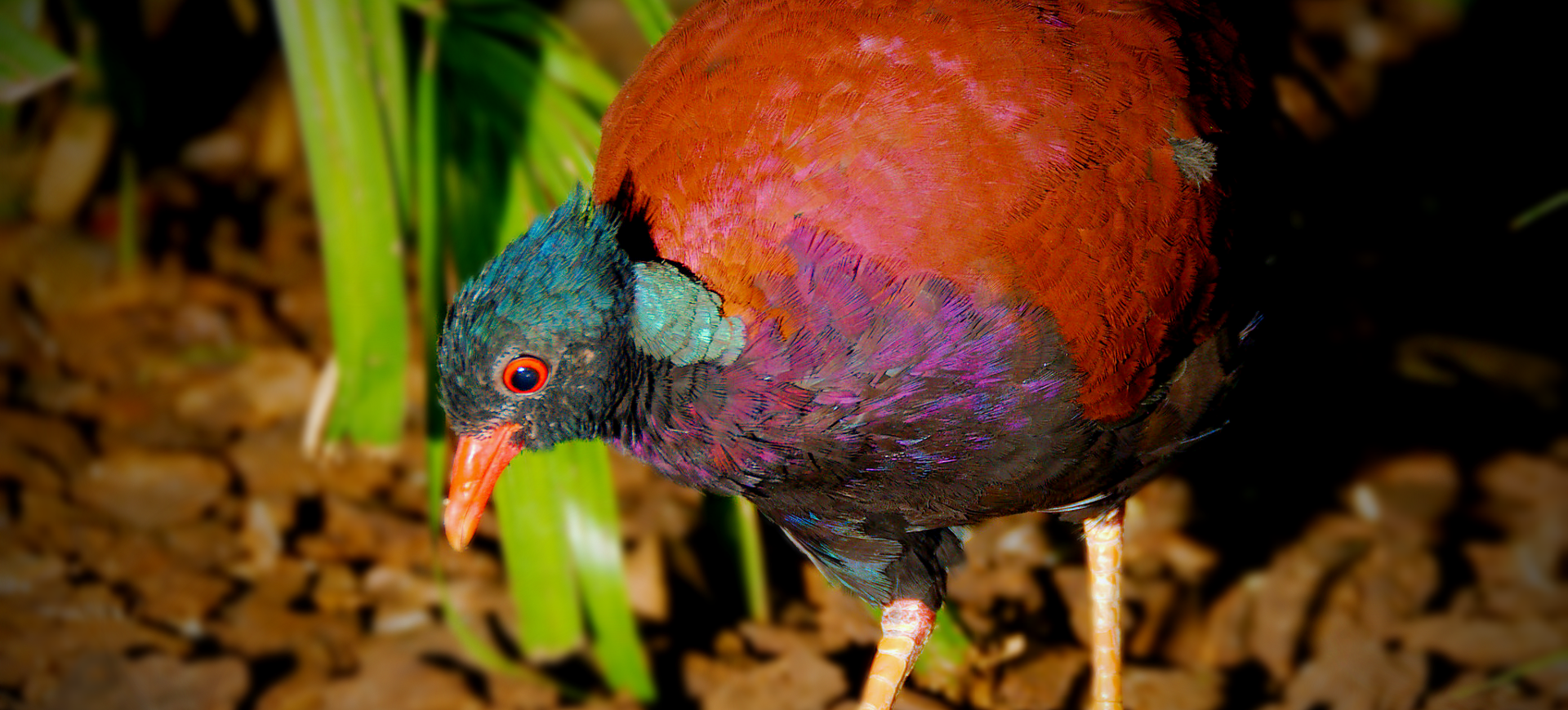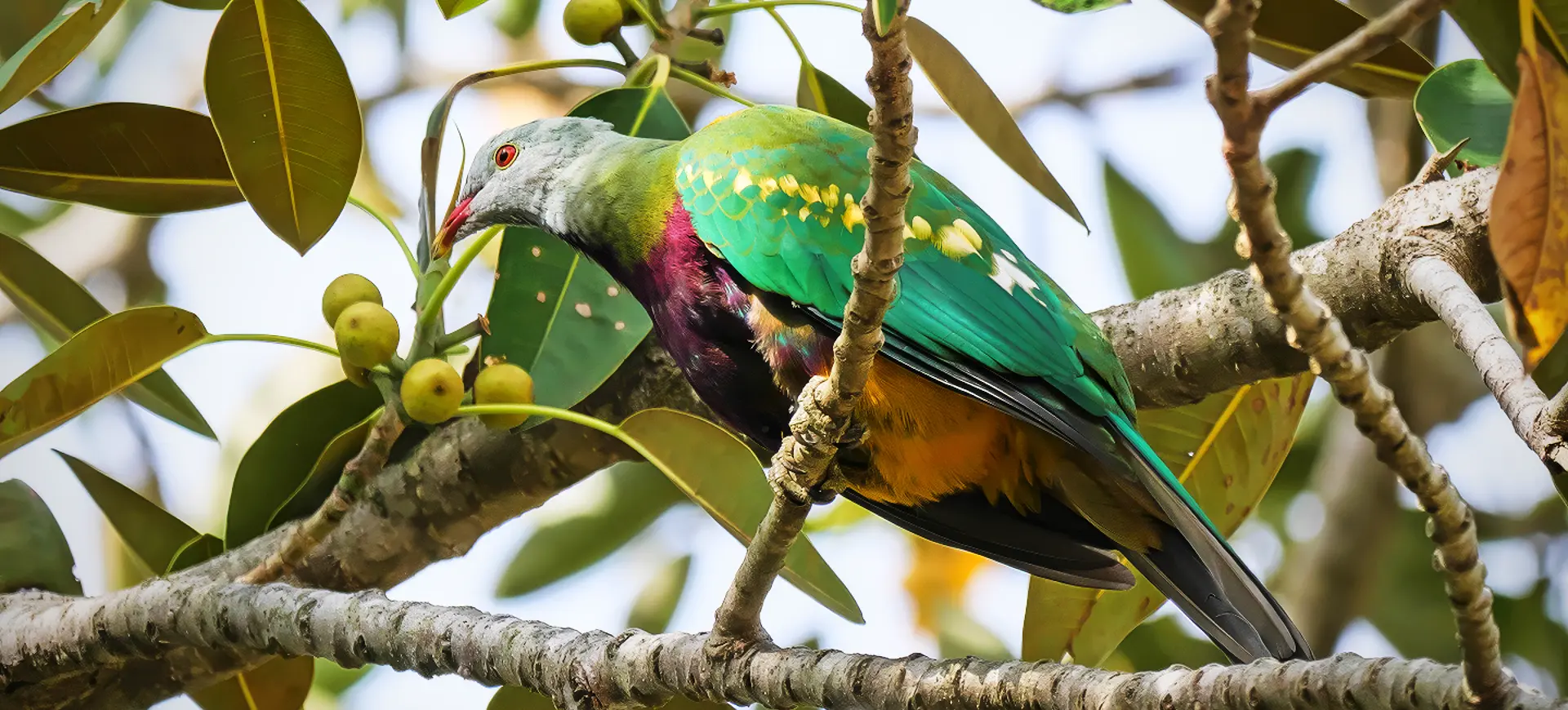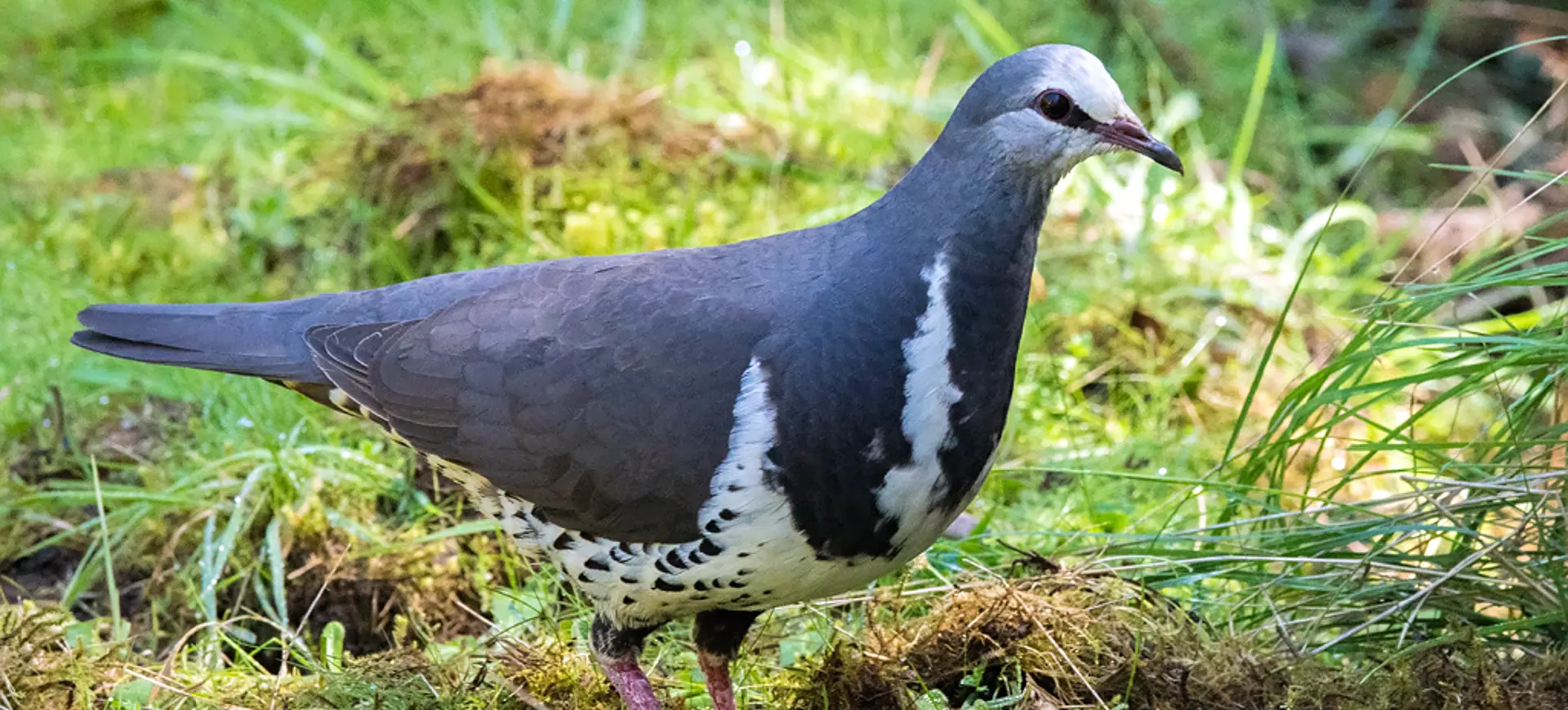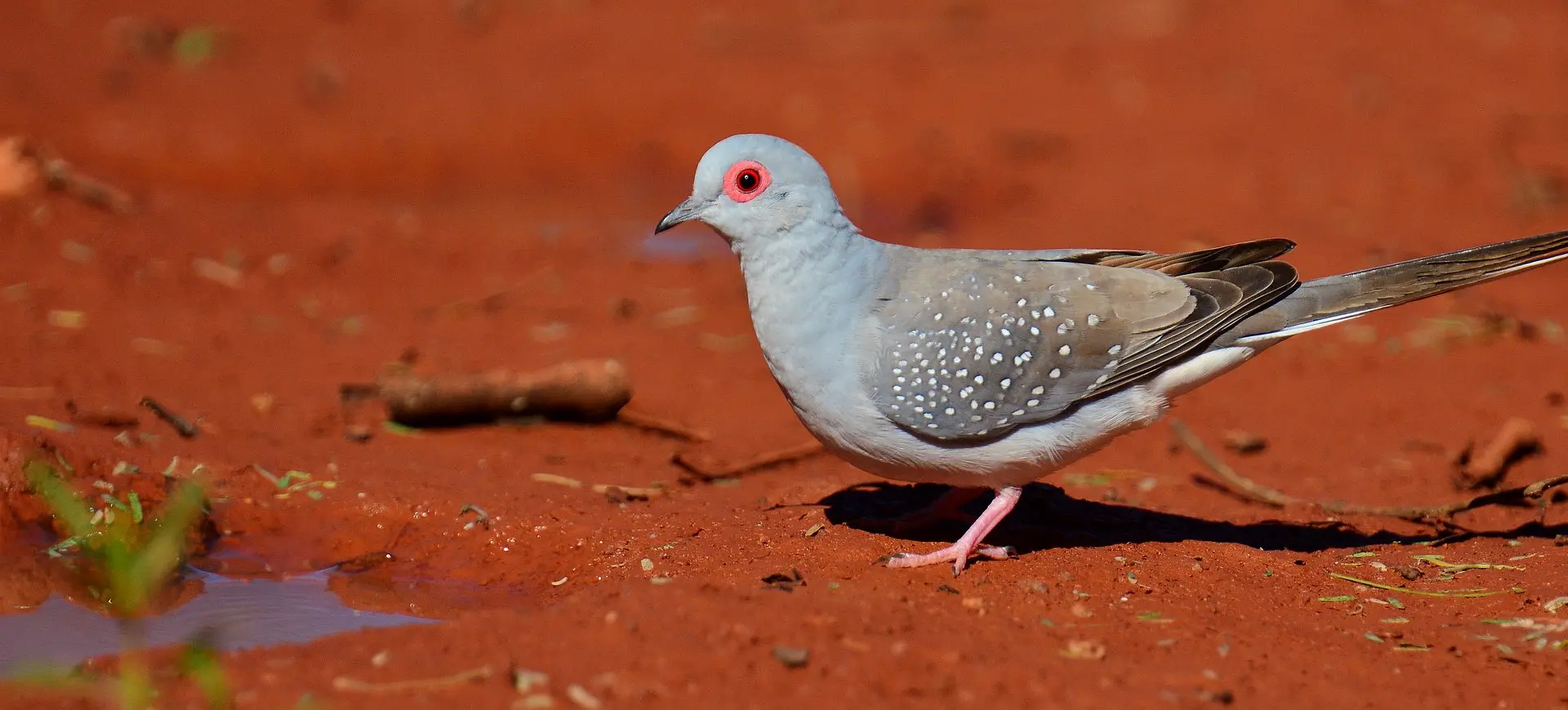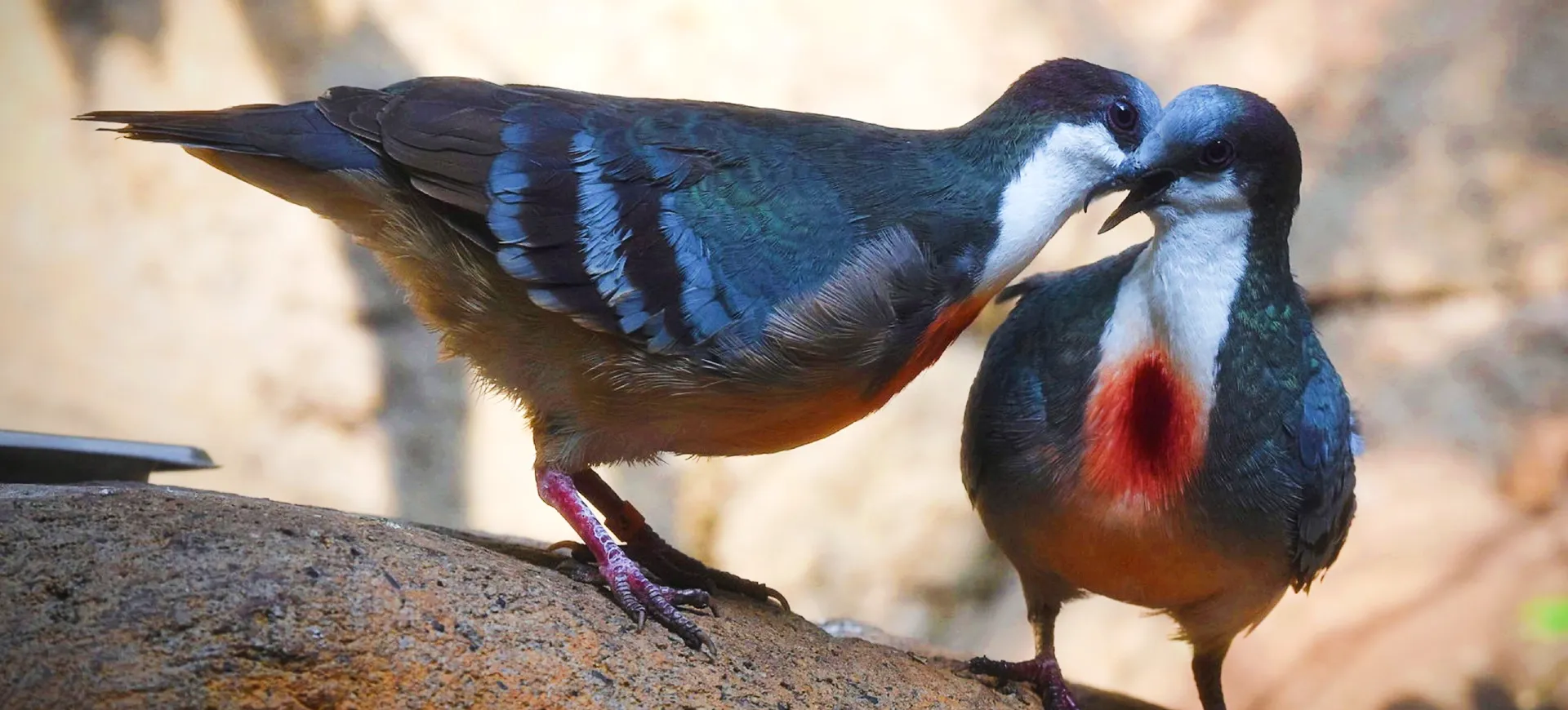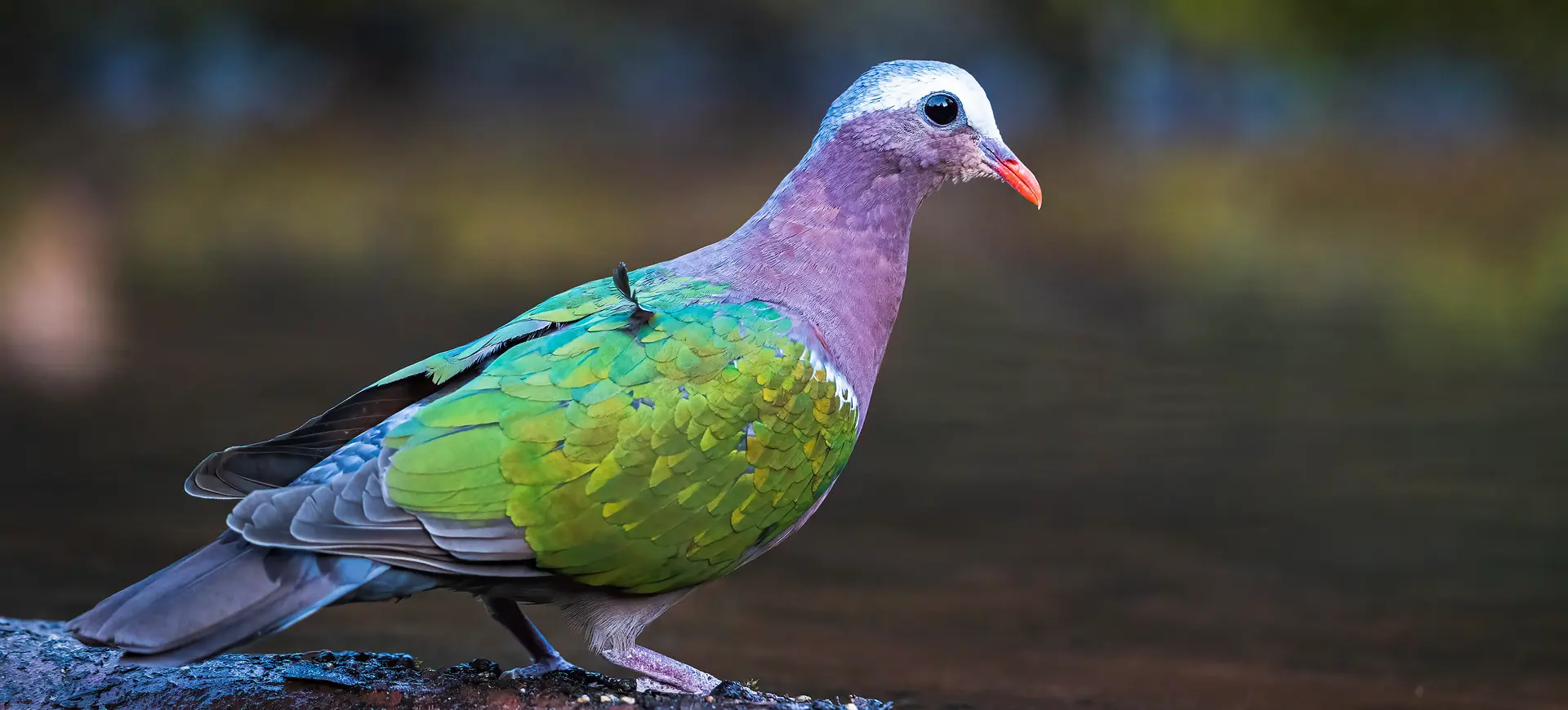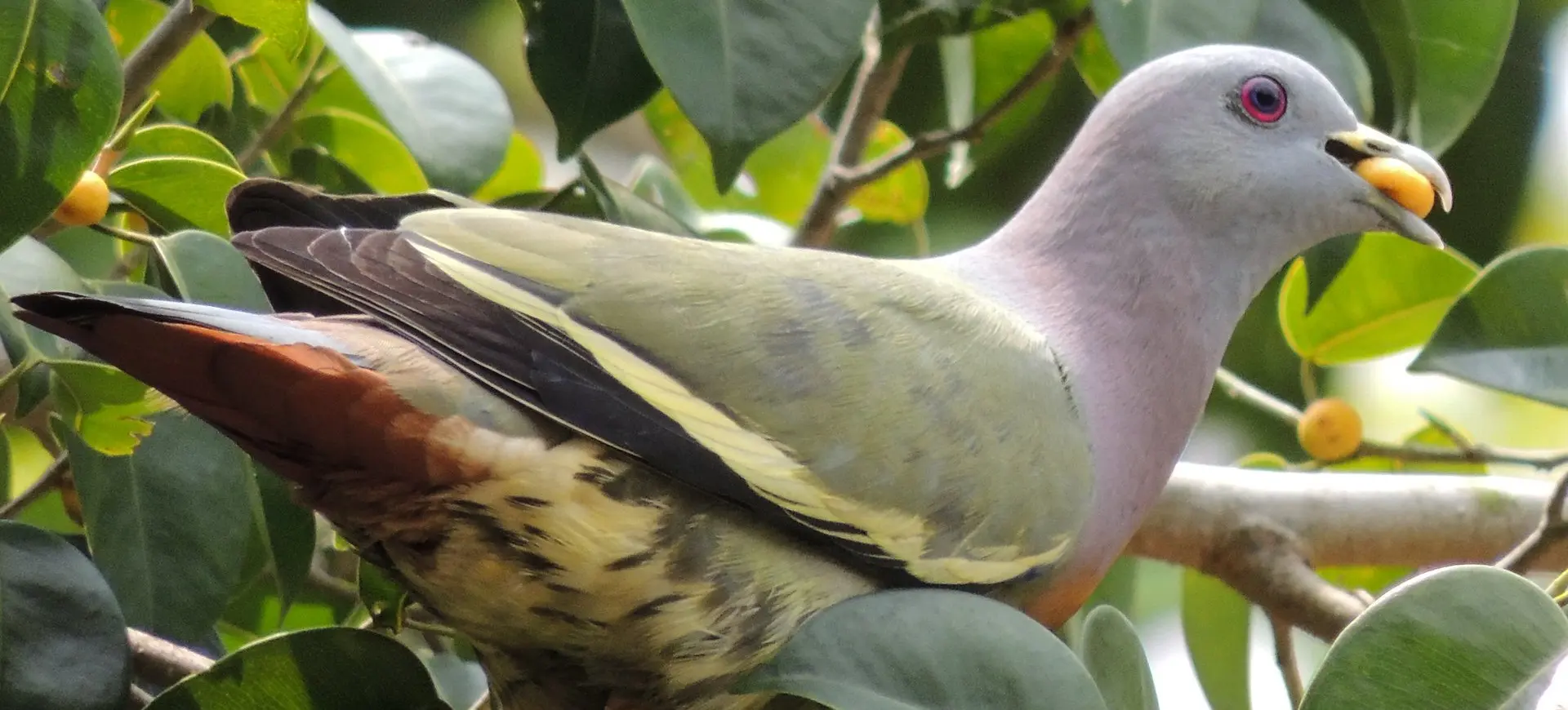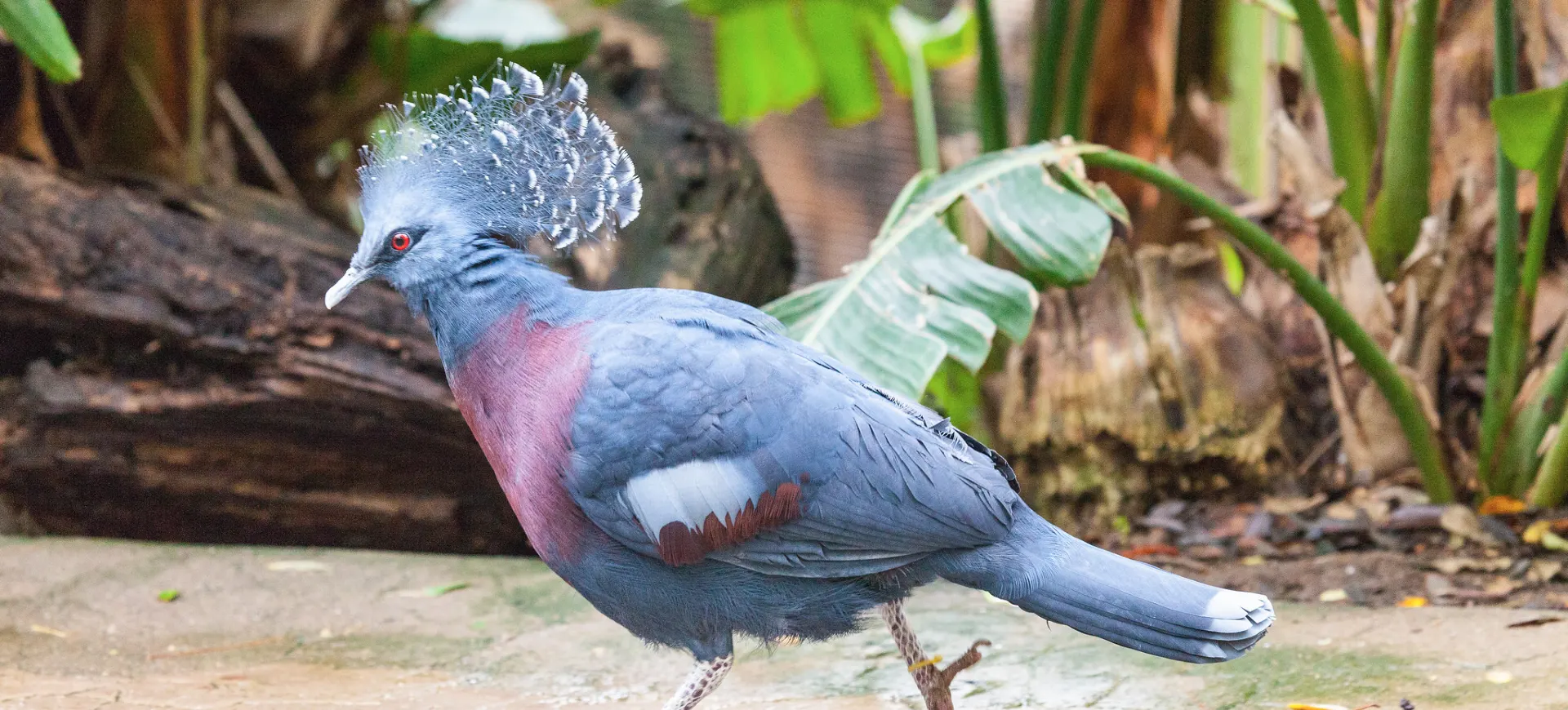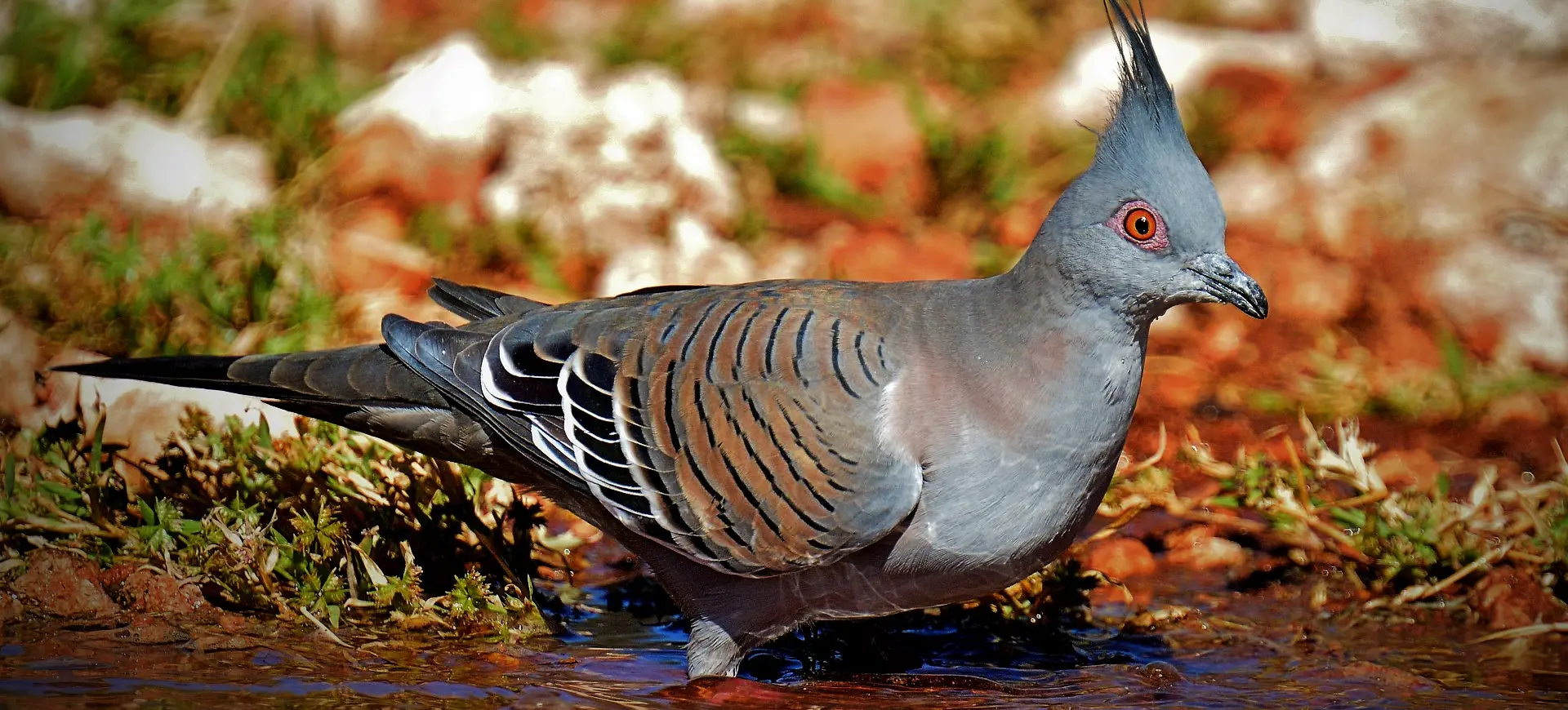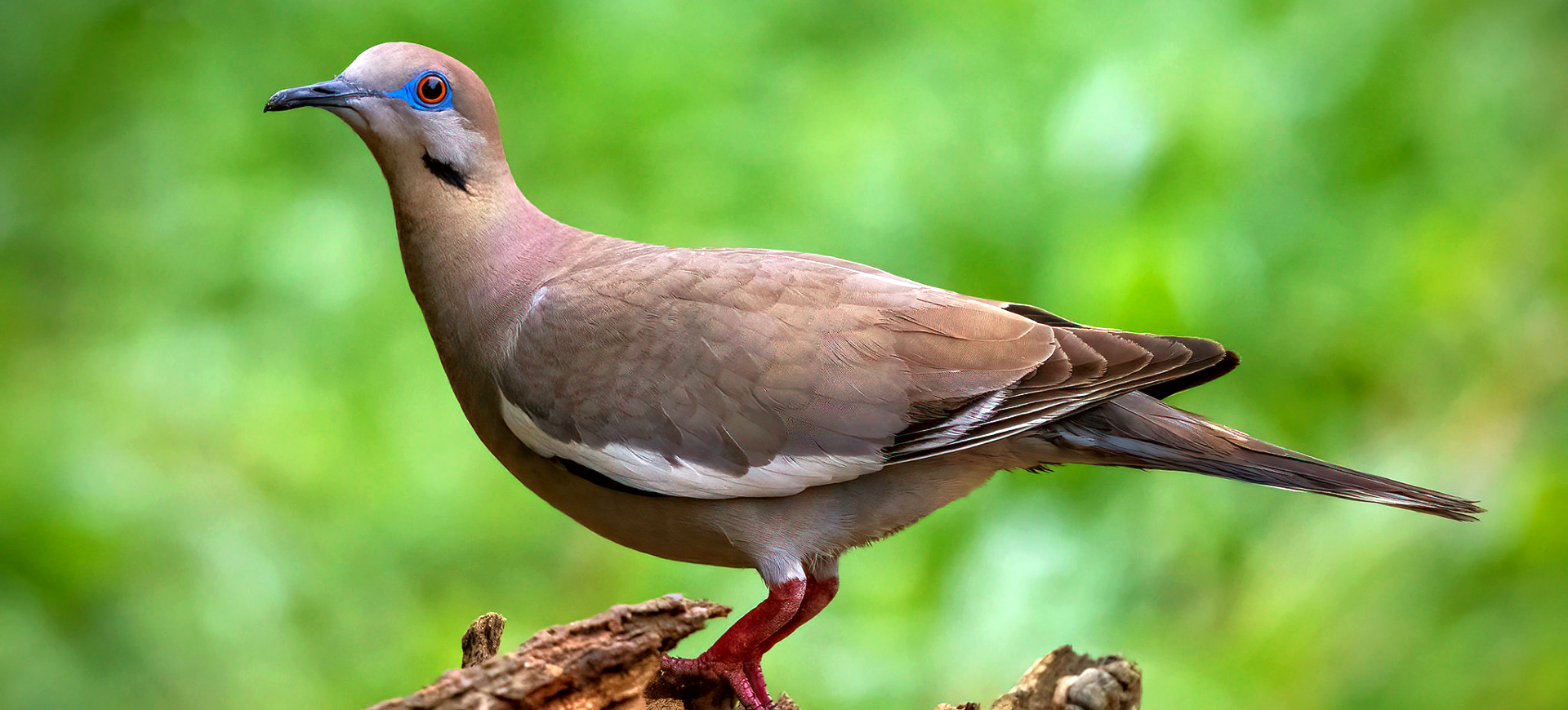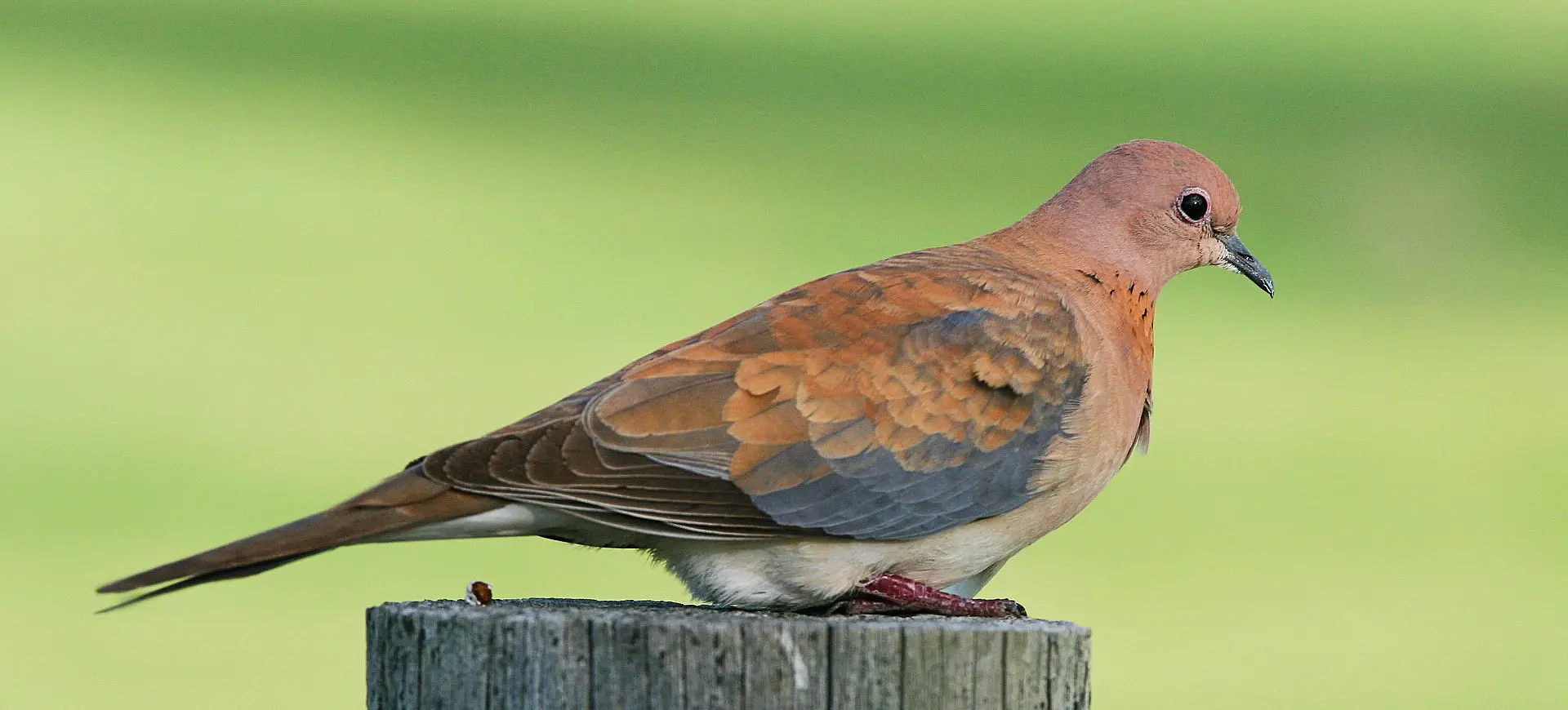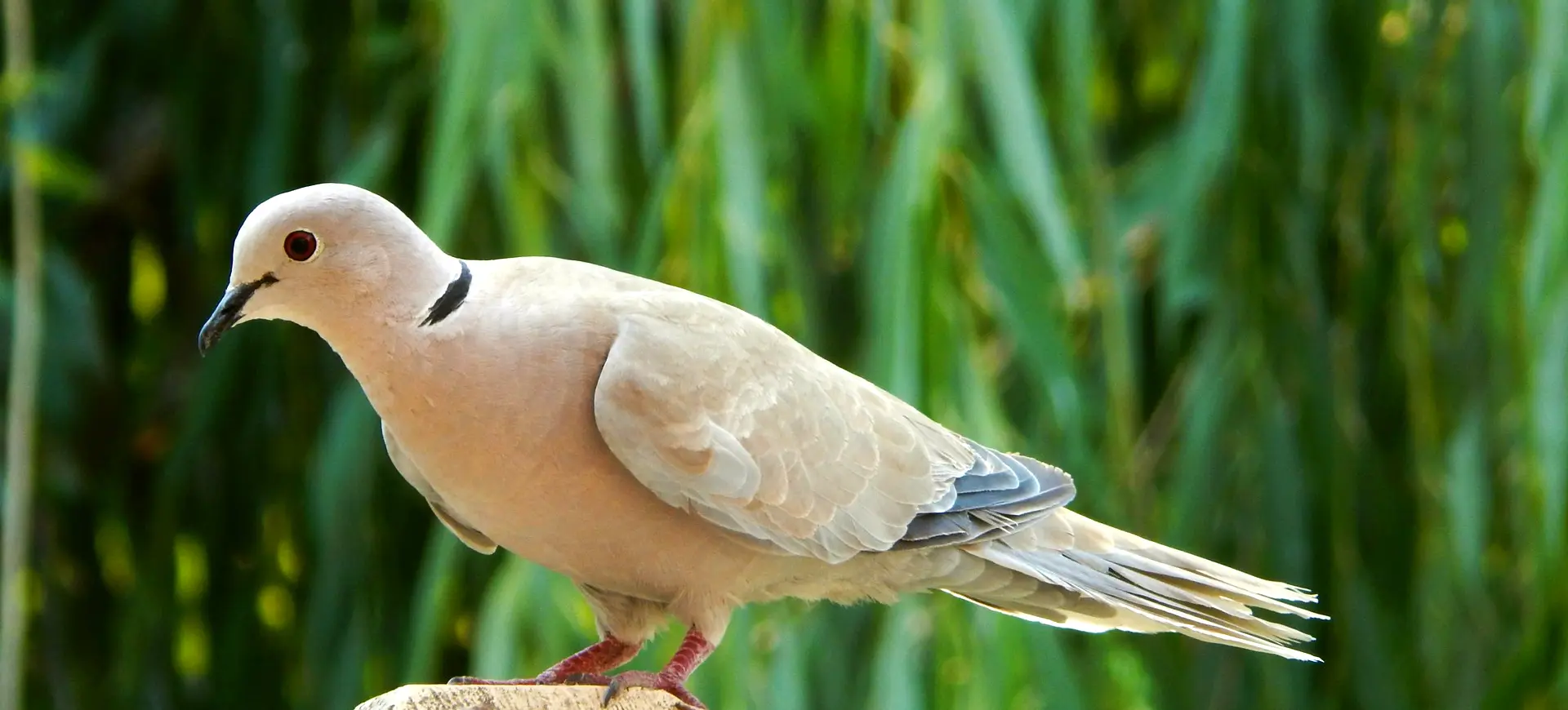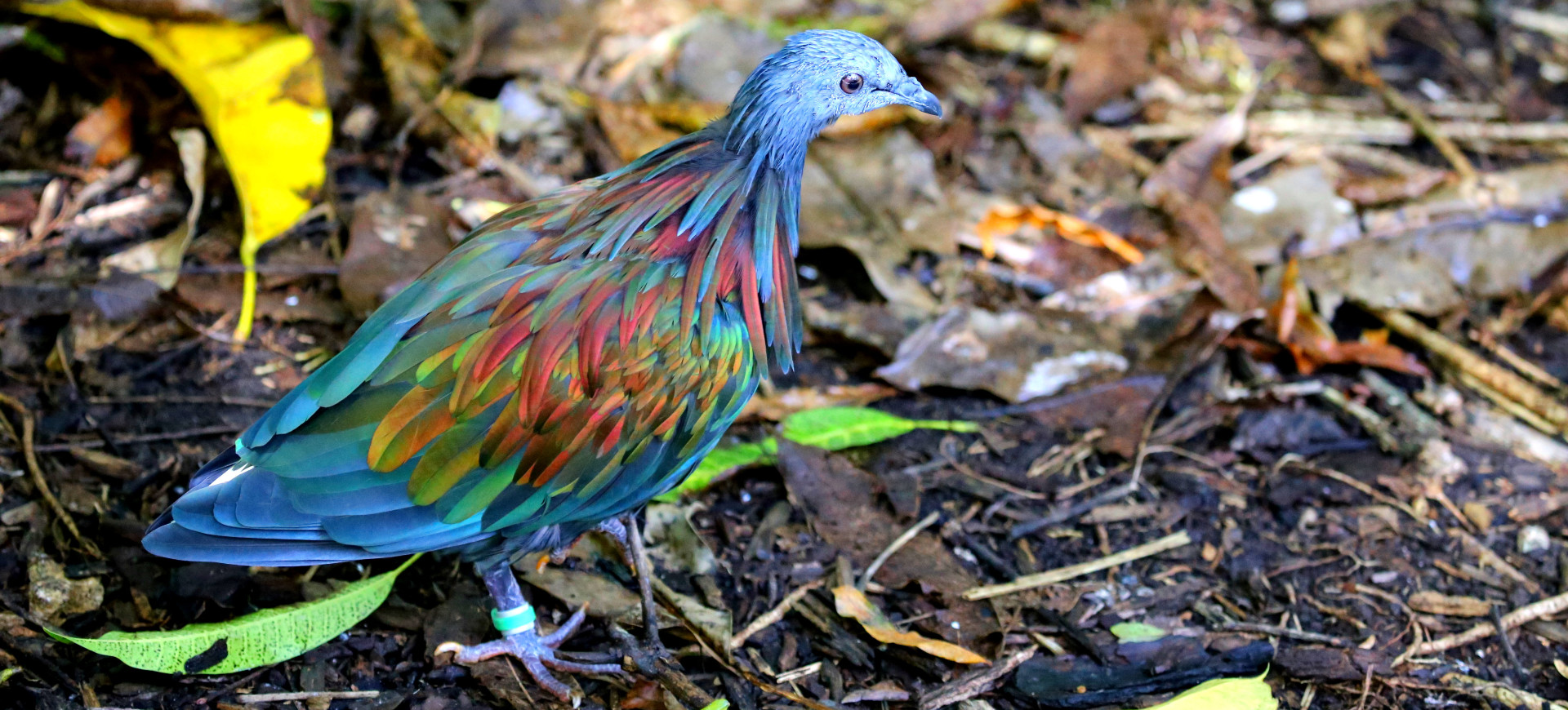Overview
The Mourning Dove (Zenaida macroura) is a member of the dove family Columbidae, known for its soft, mournful cooing that gives the bird its name. These slender-tailed, medium-sized doves are widespread across North America, recognizable by their light gray and brown plumage, black spots on their wings, and long, pointed tails with white edges. Mourning Doves are highly adaptable birds in various open and semi-open habitats, from rural farmlands and suburban gardens to urban areas.
Mourning Doves are prolific breeders, capable of raising multiple broods in a single season. Their diet primarily consists of seeds, which they forage for on the ground. These doves are often seen perching on telephone wires or in dead trees, scanning the area for food or predators. Their flight is fast and straight, characterized by rapid wing beats and an occasional sharp whistling sound produced by their wings.
Despite their abundance, Mourning Doves face threats from habitat loss and predation. They are one of the most hunted birds in North America, yet their populations remain strong thanks to their high reproductive rate. Mourning Doves are a common and comforting sight in many North American landscapes, making them a beloved subject of birdwatchers and nature enthusiasts alike.
Taxonomy
Kingdom
Phylum
Class
Order
Family
Genus
Species
Sub Species
Type
Physical Description:
Mourning Doves measure about 23 to 34 cm (9 to 13 inches), with a wingspan of 37 to 45 cm (15 to 18 inches). Their weight typically ranges from 112 to 170 grams (4 to 6 ounces), making them one of the lighter bird species within their habitat. The plumage of the Mourning Dove is primarily light gray and brown, with black spots on the wings and a distinctive black mark below the eye. Their long, tapered tails are edged with white feathers, particularly noticeable during flight.
Sexual dimorphism in Mourning Doves is subtle, with males displaying slightly more vibrant coloration than females. Males have a bluish-gray crown and a pinkish hue on the neck, while females tend to have a more uniform brown coloration. The Mourning Dove’s slender build and aerodynamic shape facilitate their rapid flight, while their soft, muted colors provide camouflage against the ground and vegetation when foraging.

Lifespan: Wild: ~5 Years || Captivity: ~10 Years

Weight: Male & Female: 112-170 grams (4-6 oz)

Length: Male & Female: 9-13 inches (23-34 cm)

Wingspan: Male & Female: 15-18 inches (37-45 cm)

Top Speed: 55 mph (88 km/h)
Characteristic:
Native Habitat:
Mourning Doves are native to North America, with a range that extends from southern Canada through the United States and into Mexico, Central America, and the Caribbean. They inhabit various open and semi-open environments, including agricultural lands, prairies, grasslands, and urban areas. Adaptability to human-altered landscapes has allowed them to become one of North America’s most widespread and commonly observed bird species.
Their preference for open spaces with sparse tree cover is linked to their feeding and nesting habits. Mourning Doves often nest in trees, shrubs, or man-made structures, choosing sites that offer a clear view of the surroundings to watch for predators. This adaptability in habitat preference has been crucial to their survival and widespread distribution.
Climate Zones:
Biogeographical Realms:
Continents:
Countries:
Diet:
Diet & Feeding Habits:
Mourning Doves are primarily granivorous, with a diet consisting almost entirely of seeds. They feed on various seeds from grasses and grains and occasionally small insects and snails. Foraging mainly on the ground, they prefer bare or sparsely vegetated areas where seeds are easily accessible. Mourning Doves require water daily and often visit water sources in the mornings and evenings.
Mourning Doves may also consume birdseed from feeders in urban and suburban settings, showing adaptability in their feeding habits. Their method of feeding, which includes rapid pecking and swallowing seeds whole, requires them to have access to grit. They use grit to grind food in their gizzard, an essential part of their digestive process. This feeding behavior underscores the importance of conserving natural habitats that provide food and the necessary materials for digestion.
Mating Behavior:
Mating Description:
Mourning Doves exhibit a monogamous mating system, often forming pairs that may stay together over multiple breeding seasons. Their breeding season extends from spring through fall, during which time they can raise multiple broods. Males perform a series of courtship displays, including aerial maneuvers and cooing calls, to attract females.
After mating, the male and female participate in nest-building, with the male gathering materials and the female constructing the nest. Mourning Doves typically lay two eggs per clutch, which both parents incubate. The eggs hatch after about 14 days, and the altricial chicks, known as squabs, are fed a nutrient-rich secretion called “crop milk” produced by both parents.
Reproduction Season:
Birth Type:
Pregnancy Duration:
Female Name:
Male Name:
Baby Name:
Social Structure Description:
Mourning Doves are social birds outside the breeding season. They often form large flocks during migration and in winter roosting sites, which can number in the hundreds, providing safety in numbers from predators. Within breeding territories, however, Mourning Doves are more solitary or found in pairs, focusing on nesting and raising their young.
The formation of flocks allows Mourning Doves to locate food and water sources efficiently, demonstrating the benefits of social behavior. Despite their social nature in non-breeding times, Mourning Doves exhibit strong pair bonds during the breeding season, showcasing a complex social structure that varies seasonally.
Groups:
Conservation Status:
Population Trend:
Mourning Doves are one of North America’s most abundant and widespread bird species, with an estimated population in the hundreds of millions. Their populations are considered stable and fluctuating due to habitat changes, predation, and hunting. As a popular game bird, Mourning Doves are hunted extensively, with millions harvested annually in the United States alone.
The high reproductive rate of Mourning Doves, capable of raising multiple broods in a single season, helps to sustain their populations despite the pressures of hunting and predation. Conservation measures, including hunting regulations and habitat management, ensure their numbers remain healthy and stable.
Population Threats:
The primary threats to Mourning Doves include habitat loss due to agricultural development, urbanization, and deforestation. While they are adaptable to human-altered landscapes, excessive changes can reduce available food sources and nesting sites. Predation by birds of prey, snakes, and domestic cats also impacts juvenile survival rates.
Hunting is a significant source of mortality for Mourning Doves but regulated hunting seasons, and bag limits help to manage their populations sustainably. Pesticide use can reduce the availability of seeds, their primary food source, posing an indirect threat to their populations.
Conservation Efforts:
Conservation efforts for Mourning Doves focus on habitat preservation and management, ensuring that their breeding and feeding habitats are maintained and protected. Hunting regulations, including season lengths and bag limits, are crucial for managing populations sustainably. Research and monitoring programs help track population trends, assess the impacts of conservation measures, and inform management decisions.
Educational initiatives aimed at reducing predation from domestic pets and promoting bird-friendly agricultural practices contribute to the conservation of Mourning Doves. The species’ widespread presence and ecological importance make it a priority for conservation efforts, ensuring that Mourning Doves continue to thrive across North America.
Additional Resources:
Fun Facts
- Mourning Doves are capable of drinking water by sucking it up without needing to tilt their heads back, a trait not common in many bird species.
- They can reach flying speeds of up to 55 mph (88 km/h), making them among the fastest-flying birds.
- The whistling sound heard during their flight is caused by air rushing over their wing feathers.
- Mourning Doves are among the most hunted species in North America, yet their populations remain robust due to their high breeding capacity.
- Their soft, mournful cooing is often mistaken for the call of an owl.
- Mourning Dove nests are notoriously flimsy, with eggs and young sometimes visible from below through the sparse construction.
- They have a remarkable ability to find their way back to their nests over long distances.
- The presence of Mourning Doves is considered a symbol of peace and tranquility in many cultures.
- Despite their abundance, Mourning Doves play a crucial role in ecosystem health as seed dispersers.
- Mourning Doves have been clocked flying at 55 mph, showcasing their agility and speed in the air.












